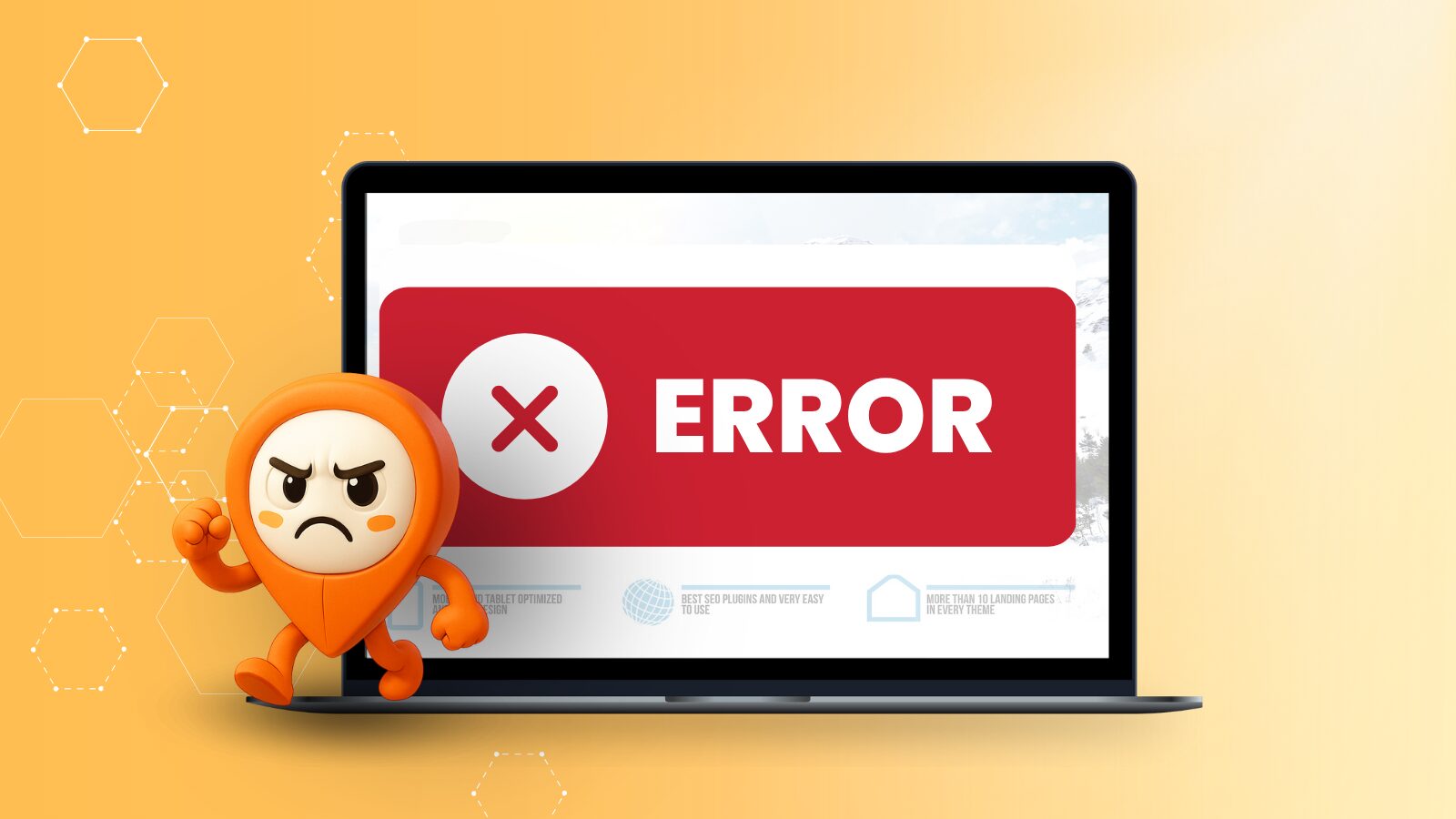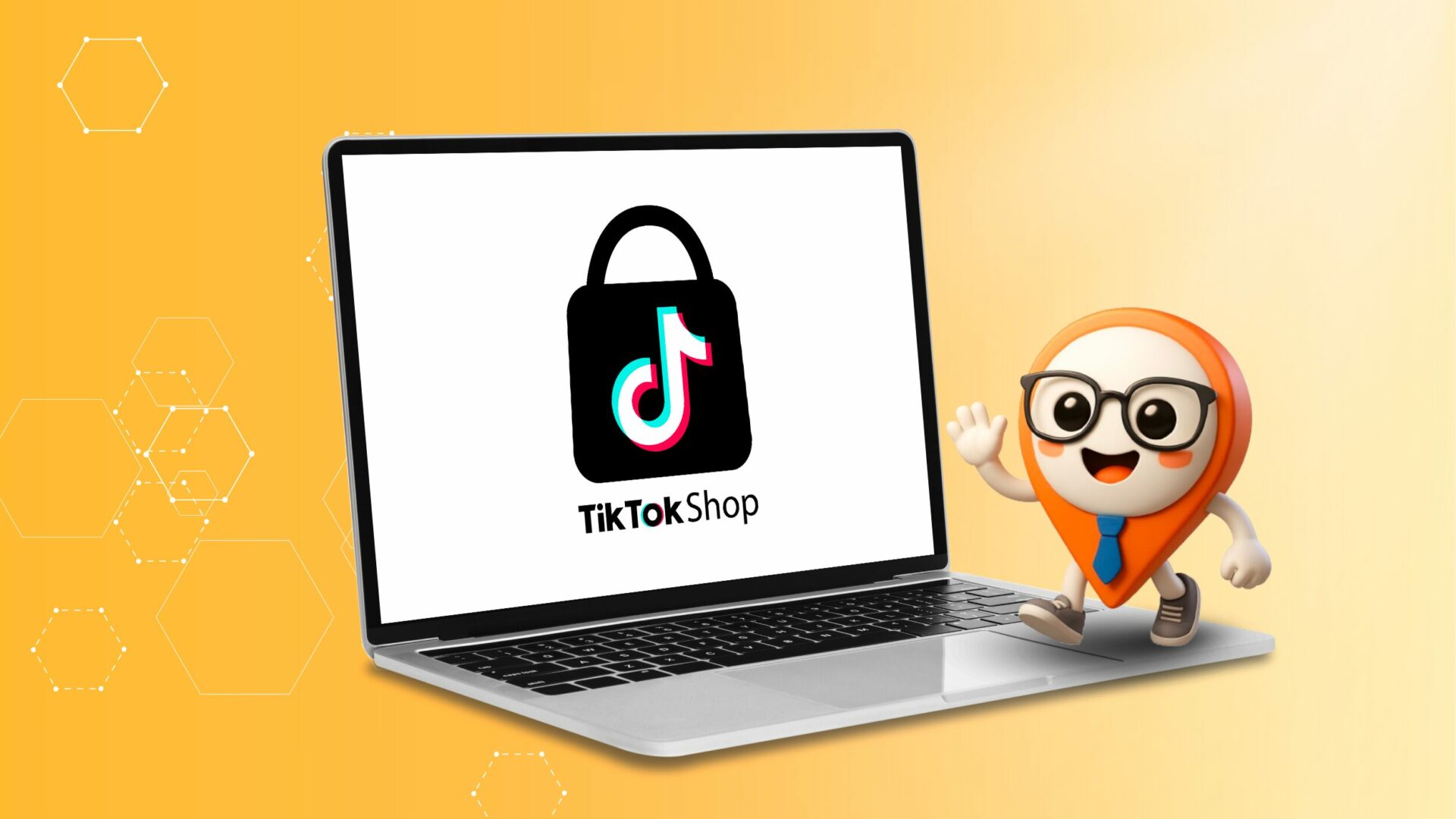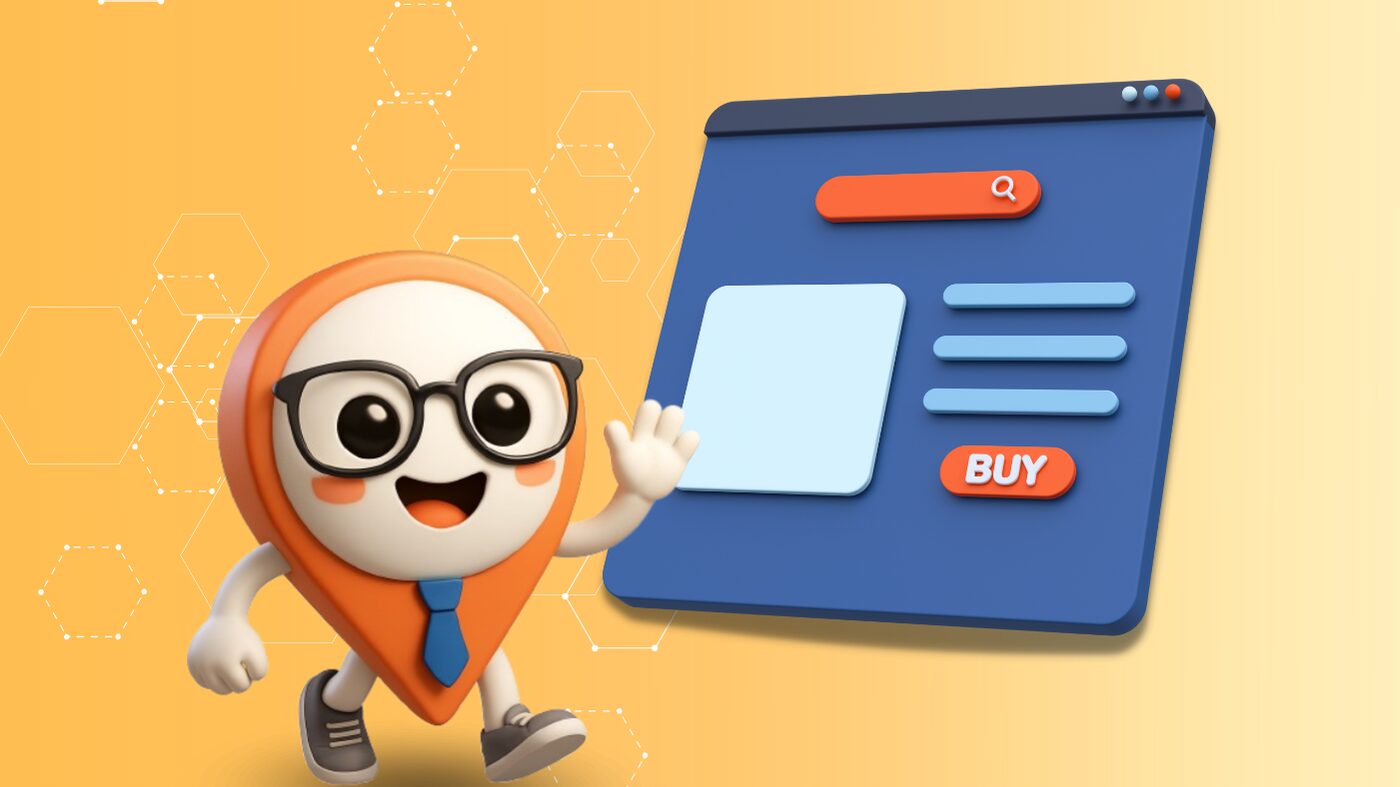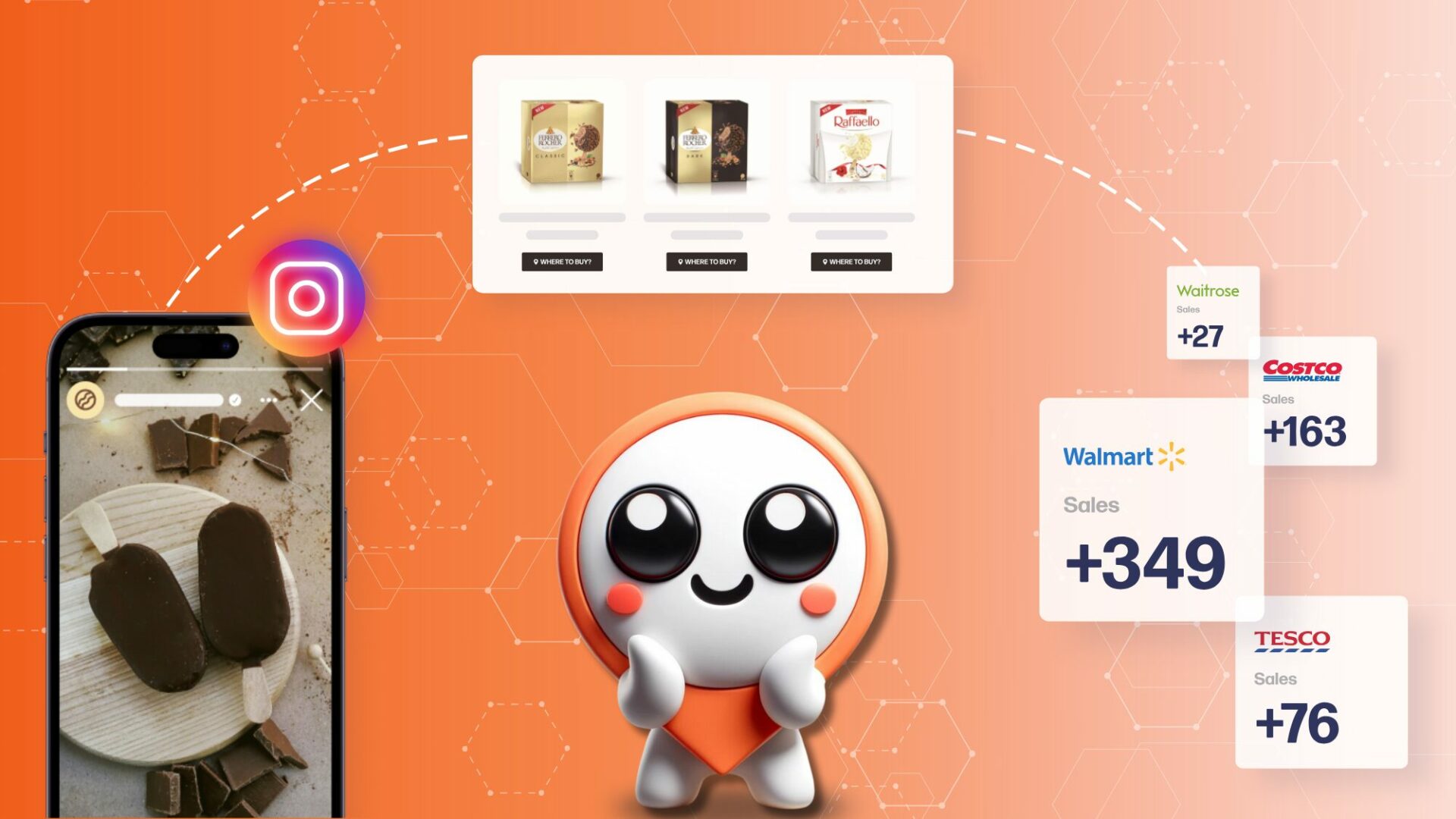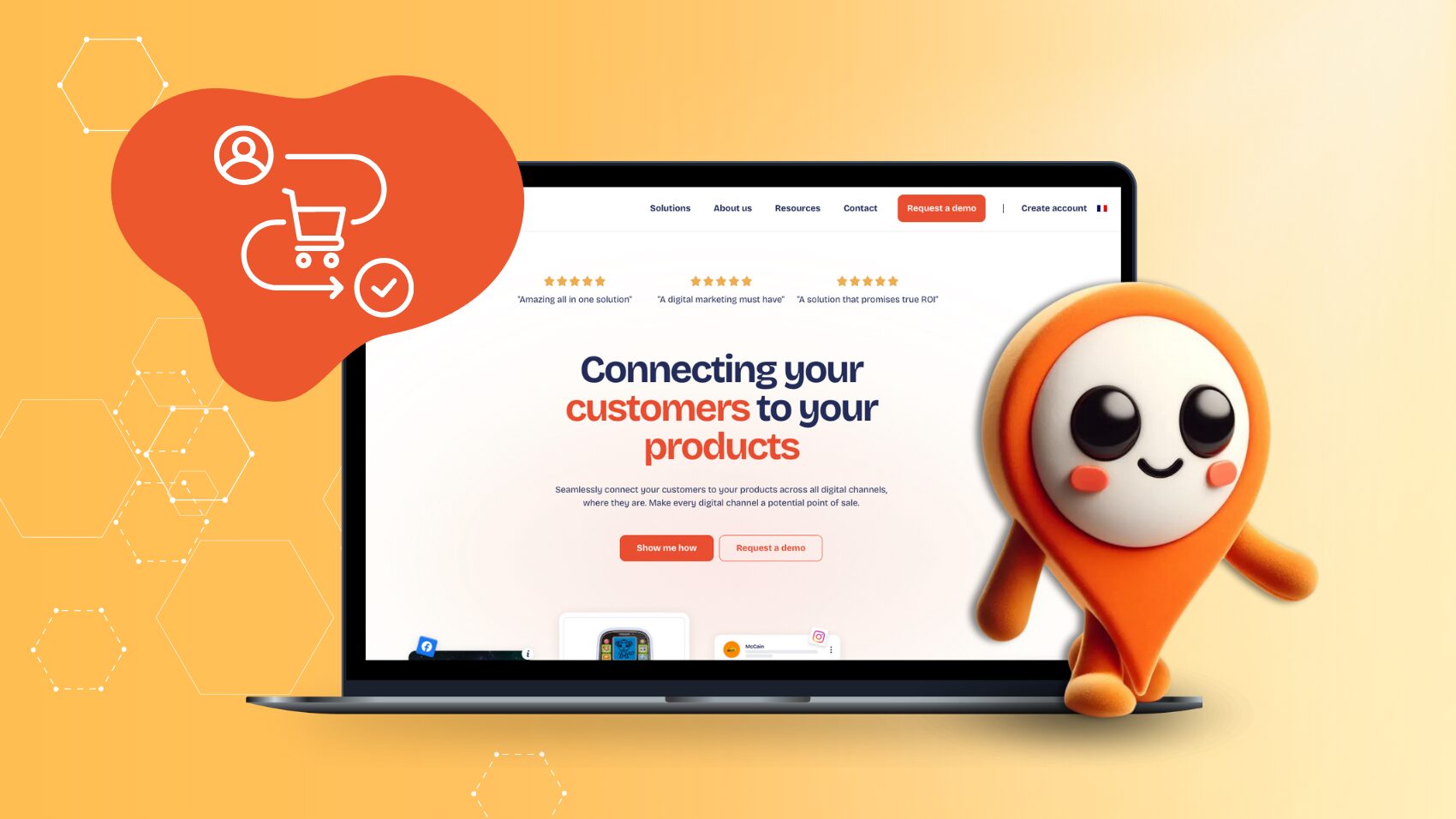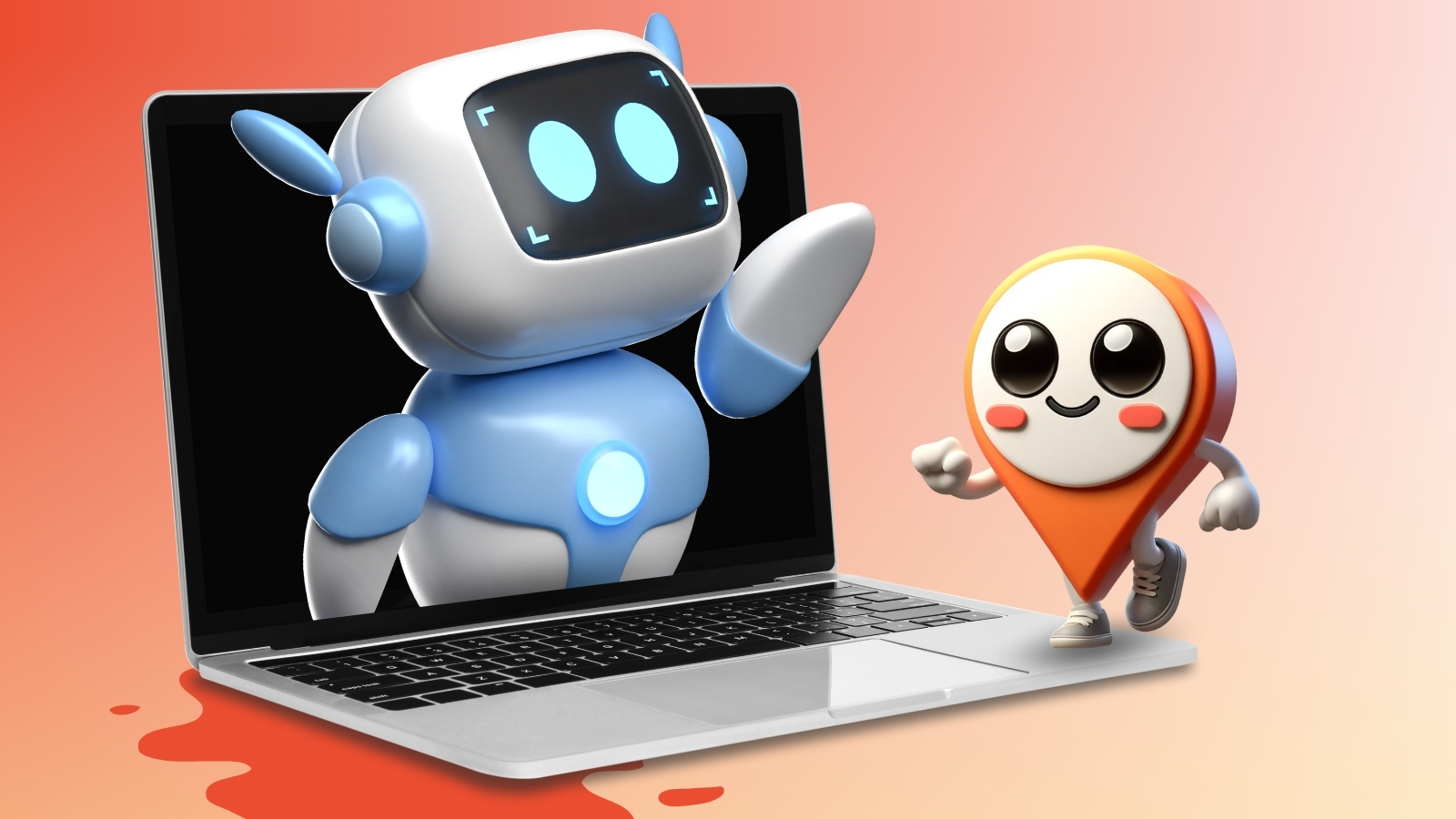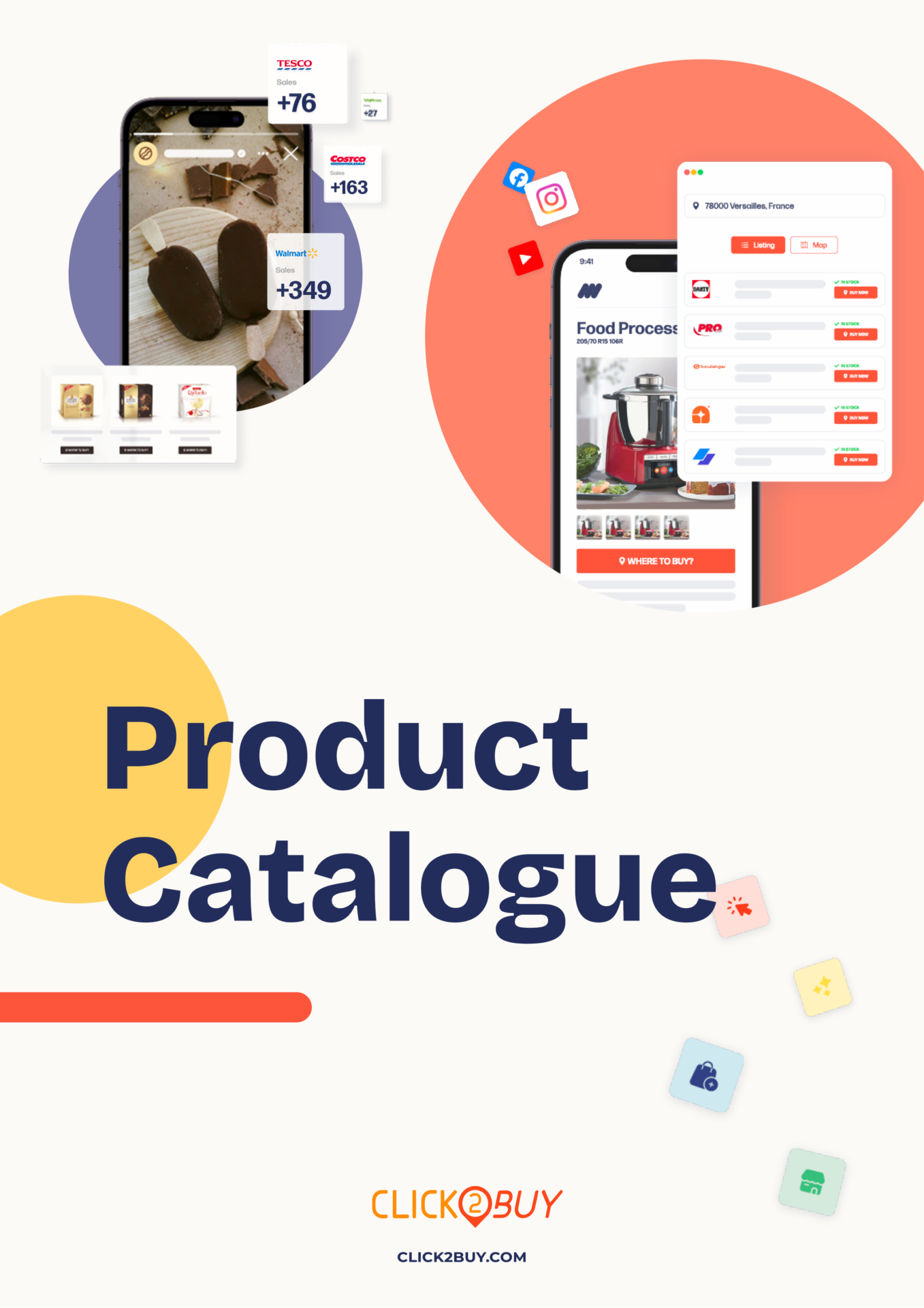Today, user experience is a key factor in the success of brands and retailers. A smooth user journey directly impacts conversions, loyalty, and engagement. Yet, many companies make mistakes that slow down users and reduce conversion rates.
In this article, we analyze the four most common mistakes, providing concrete examples, preventive methods, and practical advice. You will also find an exclusive video from Christelle, our CSM, already available within the article, illustrating these mistakes and offering actionable solutions.
If you want to understand why users abandon their journey, why your conversions stagnate, or how to align your teams around a consistent experience, this article is for you.
Why an Optimized User Journey is Essential
An optimized journey is not just about pleasant design: it directly affects business performance and user satisfaction.
A smooth journey increases conversions. Users reach their goals more easily, whether it’s making a purchase, signing up, or requesting information. In contrast, a complicated journey leads to early abandonment.
It also strengthens loyalty. Customers who experience a coherent journey are more likely to return and become potential brand ambassadors.
Finally, a well-thought-out journey improves the efficiency of marketing, digital, and retail teams. A poorly designed journey generates extra costs and delayed corrections, while a harmonized cross-channel journey reduces friction and increases productivity.
Watch in this video how Christelle, our CSM and digital strategy expert, illustrates these mistakes and offers concrete solutions to streamline the user journey.
The 4 Common Mistakes in the User Journey
1. Neglecting the Mobile Experience
Today, the majority of journeys start on mobile. If the website isn’t responsive, loads slowly, or has poorly placed buttons, users abandon quickly.
A poorly optimized mobile site presents several issues: slow loading, unreadable menus, oversized images, or complicated forms. Heatmaps and session recordings help identify these friction points. The goal is to create a fast, intuitive, and smooth experience on mobile.
2. Overloading Users with Information
Too much content, pop-ups, or simultaneous CTAs can overwhelm users. Every interaction must be clear and adapted to the stage of the journey and the device being used.
Information hierarchy is crucial: priority content should be immediately visible, while secondary information can be placed in menus or gradually introduced. Users should be guided step by step, without cognitive overload.
3. Lack of Overall Vision (Working in Silos)
Too often, marketing, digital, and retail teams work separately, creating inconsistencies and breaks in the journey.
Customers do not perceive these silos and expect a seamless, continuous experience. To avoid losing qualified traffic, teams must be aligned, a consistent thread established, and coherence ensured across all touchpoints.
4. Not Analyzing Journey Data
Failing to use analytics tools is a common mistake. Heatmaps, session recordings, feedback, and KPIs (conversion rate, bounce rate, session duration) help identify friction points and optimize the journey.
Click2Buy supports brands in analyzing this data to streamline the journey across all channels, naturally connecting desire to purchase with final conversion.
How Click2Buy Can Help Streamline the User Journey
Multichannel Optimization
Click2Buy helps brands ensure that every touchpoint contributes to a coherent and smooth experience. The user journey doesn’t stop at the website: it includes emails, social media, landing pages, and physical points of sale. Multichannel optimization ensures that users move naturally from inspiration to purchase, without interruption or confusion.
In practice, this means messages, content, and CTAs are harmonized across all channels. Each stage is designed to facilitate conversion, reduce abandonment, and maximize engagement. Users experience a clear, consistent journey, strengthening trust and loyalty.
Identifying and Removing Friction Points
By analyzing behavioral data, Click2Buy quickly identifies friction points and proposes concrete actions to eliminate them. Tools include:
- Heatmaps to see where users click and where they get stuck.
- Session recordings to track actual behavior and observe hesitation.
- Feedback and surveys to understand user-perceived experience.
These insights allow prioritizing adjustments and testing solutions via A/B testing or user testing. The goal is a seamless experience, guiding the user naturally to the desired action.
Best Practices to Avoid Mistakes in the User Journey
Responsive and Ergonomic Design
A website or app must be optimized for all devices. CTAs should be visible, menus readable, and forms simple. Every interaction should facilitate navigation, especially on mobile, where most journeys begin.
Clear and Progressive Communication
Avoid overloading users. Present information step by step, with simple messages tailored to the context and device. A clear journey reduces confusion and increases the likelihood of conversion.
Overall Vision and Inter-Team Collaboration
To avoid breaks, all teams must share a common vision. Marketing, digital, and retail should collaborate to create a consistent thread guiding users from inspiration to purchase. Project management tools and omnichannel platforms facilitate coordination.
Continuous Monitoring and Optimization
Journey improvement is an ongoing process. Tracking KPIs, performing A/B tests, and collecting user feedback allow continuous adjustments, eliminating friction before it hampers conversion.
Conclusion
Building a smooth user journey is a strategic yet essential challenge for maximizing conversions and retaining customers. By identifying and correcting common mistakes, brands can provide a consistent and intuitive experience.
With Click2Buy’s support, it is possible to streamline the journey across all channels, from inspiration to purchase, turning each touchpoint into a conversion opportunity. The video from Christelle, already available in the article, illustrates these methods and shows how to take action immediately.
An optimized user journey is not just about technology or design: it’s about understanding user behavior, coordinating teams, and continuously analyzing data to deliver a seamless experience.
FAQ
What are the most common mistakes in the user journey?
The main mistakes are neglecting mobile, overloading users with information, working in silos, and not analyzing journey data.
How can I optimize the mobile experience?
Ensure the site is responsive, fast, and has clear buttons and menus. Test on multiple devices to guarantee smooth navigation.
Why is overall vision important?
Without coordination between marketing, digital, and retail, the journey becomes inconsistent, causing user loss and reduced qualified traffic.
What tools help identify friction points?
Heatmaps, session recordings, user feedback, conversion KPIs, and bounce rates are essential for detecting friction.
Why is overloading users a problem?
Too much information or pop-ups creates confusion, slows navigation, and increases abandonment.
How can I test user journey improvements?
Through A/B testing, user testing, and tracking KPIs to measure the impact of each change.
Why is continuous improvement important?
The journey evolves with user expectations. Regularly measuring, adjusting, and testing ensures an optimal experience and maximizes conversions.
How does Click2Buy help streamline the user journey?
Click2Buy optimizes each stage, harmonizes messages across all channels, and uses data analysis to remove friction and guide users seamlessly to conversion.

